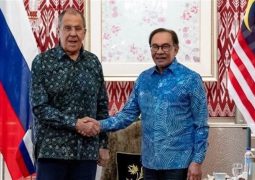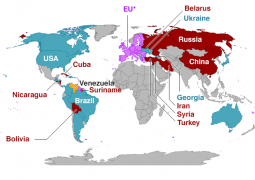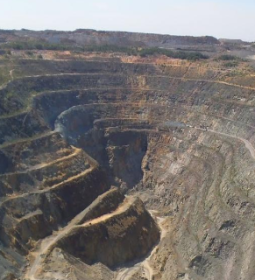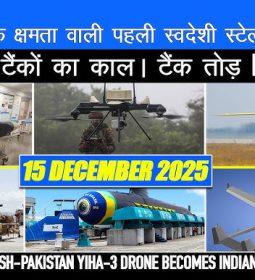North Korea’s Hwasong-1 “Guam Killer” ballistic missile is game-changer

On April 2, North Korea unveiled the long awaited successor to its Hwasong-12 “Guam Killer” intermediate range ballistic missile. The test launch of the Hwasong-16B followed years of reports on the testing of associated technologies facilitating a generational leap in performance.
With an estimated range of 4,000-5,000 kilometers, North Korea’s intermediate range missiles – beginning with the Hwasong-10 in the 2000s – have been prized for their ability to strike key U.S. military facilities vital to sustaining the country’s ability to project power across the Pacific. Most notable among these are Andersen Air Force Base and Guam Naval Base, with a 4,300-km range also putting expanding air force facilities on Wake Island within reach. Missile strikes disabling or destroying these facilities would seriously limit U.S. forces’ ability to launch air, naval, or ground assaults against targets in the Western Pacific, making this capability highly attractive for Pyongyang in the context of its decades-long confrontation with Washington.
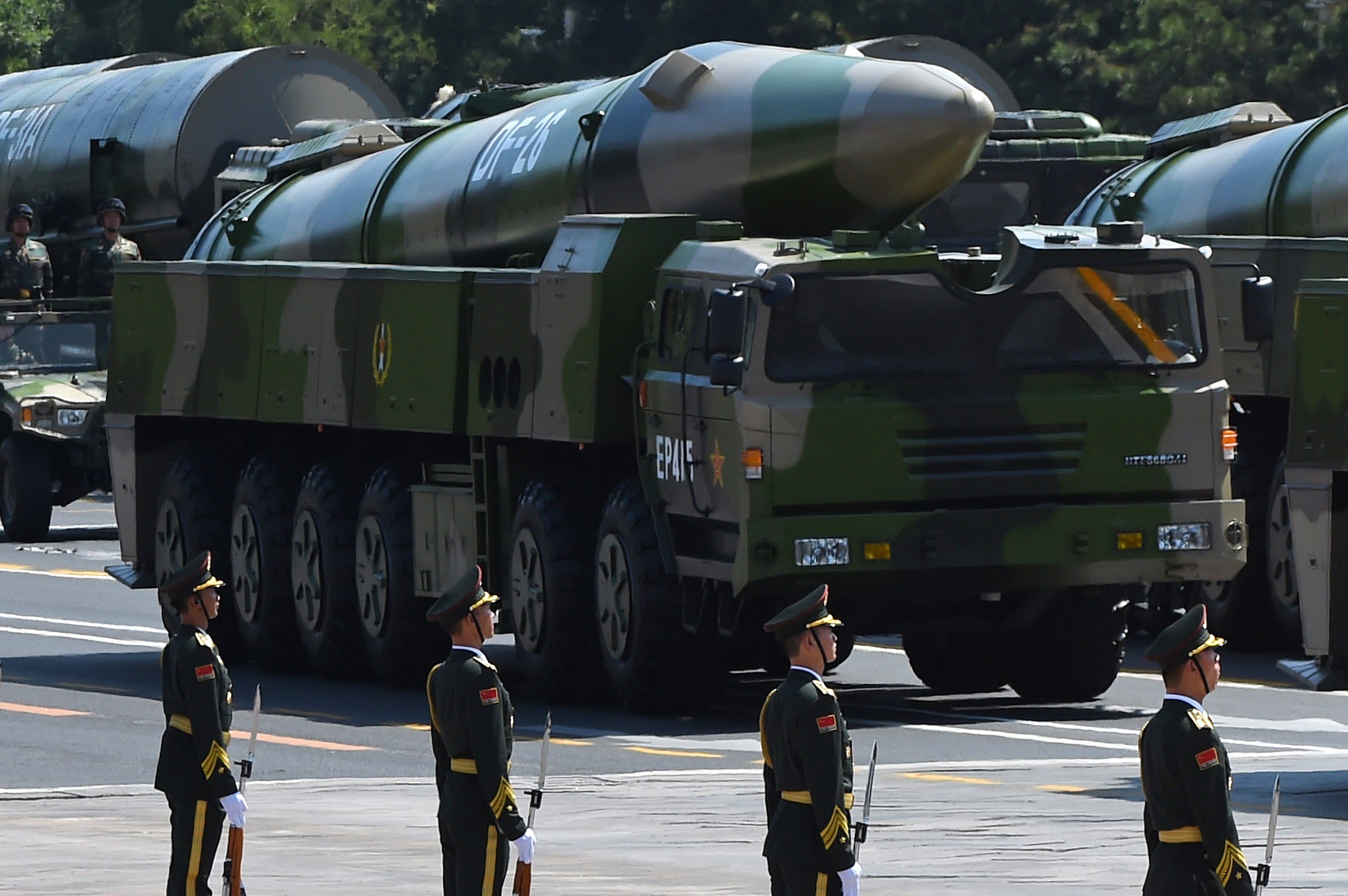
The importance of facilities on Guam in particular has been highlighted by the central role that they have had in multiple standoffs with both North Korea and China, as well as by the tremendous investments the United States is planning to expand missile defenses on the territory. This significance was highlighted by North Korean leader Kim Jong Un during ground testing of solid-fueled engines for a new intermediate range missile, likely the Hwasong-16B, in March specifically to target such facilities.

The “military strategic value of this weapon system is appreciated as important as ICBM [intercontinental ballistic missiles] from the security environment of our state and the operational demand of the People’s Army, and the enemies know better about it,” he stated at the time.
The Hwasong-16B improves on its predecessor in two fundamental ways. The first is the use of a solid fuel composite, mirroring developments seen across the Korean People’s Army’s arsenals. The use of solid fuel allows missiles to be stored fully fueled and thereby cuts the time required to prepare for launch to a fraction of that of liquid-fueled missiles. This is particularly important since mobile transporter erector launchers carrying the country’s ballistic missiles are expected to be priority targets for U.S. and allied air attacks in wartime, and are at their most vulnerable when stationary in open ground preparing for launch.

While solid-fueled ballistic missiles have been fielded for decades abroad, including on intermediate range ballistic missiles such as the Chinese DF-26, the Hwasong-16B’s second major improvement over its predecessor is far more revolutionary: namely the integration of a hypersonic glide vehicle (HGV).
North Korea first test-launched an HGV in September 2021. Now North Korea has become the first country in the world to operationalize an HGV on an intermediate range missile. Although China and Russia both currently field HGVs, these have been deployed exclusively from medium range ballistic and cruise missiles, such as the Chinese DF-17, and from intercontinental range ballistic missiles, such as the Russian RS-28 Sarmat.

Hypersonic glide vehicles are capable of maneuvering in both pitch and course, including lateral maneuvers far outside the atmosphere. This maneuverability, combined with speeds of over Mach 10 even in their terminal stages, and for longer ranged vehicles well over Mach 20, poses serious difficulties for enemy air defenses. The fielding of a missile like the Hwasong-16B is a potential game changer for regional security, not only because it places a very wide area of the Pacific with reach of strikes that leave little warning time and are near impossible to intercept, but also because it has the potential to accelerate the proliferation of similar assets in the region.
Since its withdrawal from the Intermediate Range Nuclear Forces Treaty in 2019, the United States has been expected to deploy medium and intermediate range surface to surface ballistic and/or cruise missiles in East Asia. With the bilateral treaty between Washington and Moscow having prevented the United States from deploying such missile systems itself, China and North Korea’s growing missile capabilities were widely considered to have been a primary factor in the U.S. decision to withdraw – thus allowing it to match their assets with its own comparable ones.
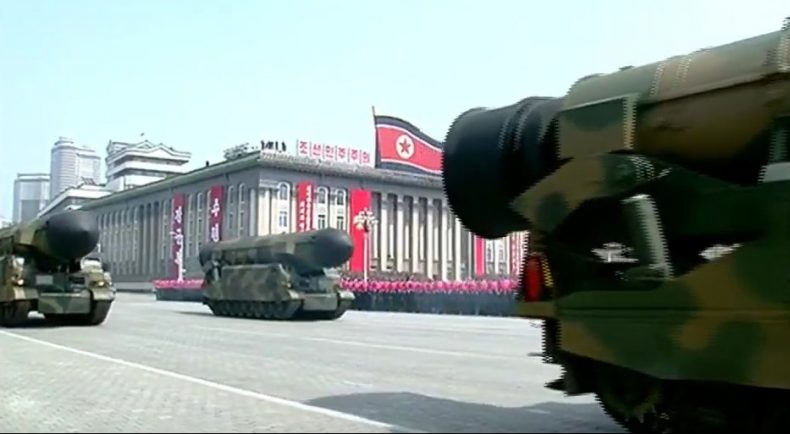
In a similar vein, North Korea’s introduction of the world’s first intermediate range HGV has the potential to increase U.S. interest in fielding comparable assets in the Pacific, which could in turn lead China to do the same. While China has already demonstrated mastery of the required technologies, it may have initially refrained from operationalizing them on an intermediate range missile, or at least doing so openly, in order to avoid an escalated arms race with the United States.
While the Hwasong-16B’s introduction is a very significant development in and of itself, and throws the viability of the United States’ unprecedented missile defense buildup on Guam into serious question, its potential broader implications for regional security remain far greater. With China having raised growing concerns regarding U.S. plans to deploy missile launchers with previously prohibited range in the mid and western Pacific, escalation of the missile race with HGVs could be considerably more concerning still for Beijing. Such glide vehicles can also notably be used for anti-shipping purposes, as demonstrated by China with its medium range DF-17, providing a significant incentive to the U.S. to pursue development as an asymmetric response to the increasingly unfavorable balance of power at sea.
Ultimately while Washington’s withdrawal from the INF Treaty was a major turning point for the potential deployment of missile forces in East Asia, the Hwasong-16B has set a new bar with its capabilities, which the world’s two preeminent military powers may well now be more inclined to match.
- Previous Xi-Putin Lunar Year Call to strengthen limitless strategic Putin
- Next Kazakhstan wants to export its goods via Turkmens to Afghanistan and Pakistan



